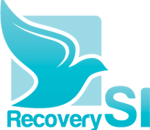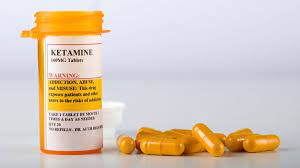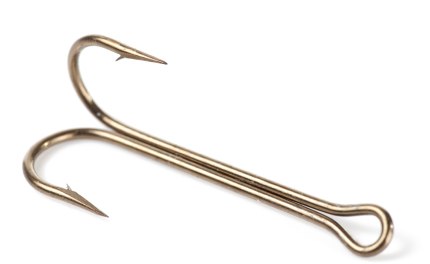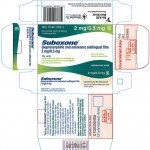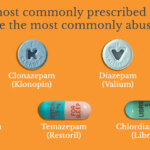But maybe not the sort of treatment they need most.
I’ve wondered why the behavioral health programs aren’t reporting an increase in admissions for primary ketamine use disorders. Given all the ketamine that’s available currently, both on the black market and from “legit” medical sources, I’d have expected a substantial uptick in the number of people seeking treatment.
It hasn’t happened. So I was pleased to see some research that might help explain that. From an article on Medscape:
Treatment for Ketamine Use Disorder Rarely Sought
The researchers surveyed a large sample of users and found that “ …a majority of people with ketamine use disorder (KUD) don’t seek addiction treatment, despite reporting physical symptoms that include bladder and nasal problems and painful organ cramping…”
Why not? Because they aren’t aware of KUD and apparently, neither are physicians and staff in the ERs and clinics they do visit when suffering the consequences. Therefore no referral to addiction treatment is made at the time. Nor is there any strong warning from a professional about the future consequences of continued use.
This is a problem we’ve encountered before, with other drugs and other addictions. It’s why many people with severe SUDs can be found everywhere in the healthcare system EXCEPT in treatment for addiction.
These folks are precontemplators when it comes to KUD.
The solution would be education, delivered at key points where change is most likely, by clinicians who themselves understand the disorder and its treatment.
That’s a first step in bringing the patient to full awareness of the adverse impact of their own drug use, and of the importance of getting and staying in recovery.
The researchers concluded that their findings highlight “the need for greater recognition of the significant physical and psychological risks associated with ketamine, both among healthcare professionals and the general public.”
If I were a provider of addiction treatment, I might offer a series of online or in-person CEU classes on KUD, its symptoms, and treatment. Recruit local emergency and medical providers to take advantage through the tried and true Big Pharma sales approach, which involves bringing food to the office or the hospital and going over the issues and options with the medical staff while they chow down.
Progress will be slow — it always is. Then again, it’s not as if we haven’t been through this before.
